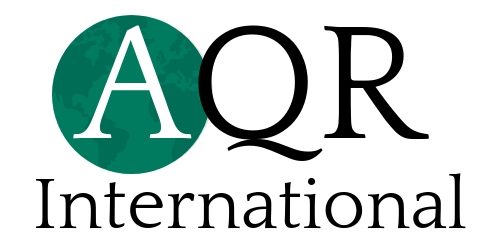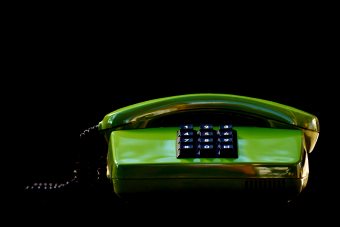Well, actually, not this because I’m writing and you are reading. What I’m talking about is using my phone to actually call you. Real time. You and Me. Communication.
I have to admit I have fallen out of practice with impromptu calls, which is easy to do when you endure a run of voicemails and unanswered calls. It tests one’s resilience (don’t get me started on that!) and reduces efficiency. However when I speak with someone I feel I can “connect” much better with them by conveying my message with feeling and then actively listening to their situation and motivation.
I was interested to read and be inspired by a recent post in the excellent Fast Company magazine by Allen Gannett, CEO of TrackMaven where he forced himself to become more “phone-prone.”
Here’s Allen’s account:
Like many people, the phone is a tool of last resort. I’d rather text or Slack or email or carrier pigeon. But I’ve noticed that many of the most successful, productive people I’ve met are what you might call “phone-prone.” If you send them a text, they call you instead of texting back. Email them? Get a call back.
Maybe this wasn’t a coincidence. I decided it was time to test my beliefs. But first, I decided to email two “phone-prone” people–Krista Smith, the West Coast editor of Vanity Fair, and Eric Kuhn, a former L.A. talent agent and a cofounder of Layer3 TV–for some advice. Within minutes I got an email back, “Call me.”
“I think it’s about intonation, and that so much is confused in an email about what someone’s implying,” Smith pointed out, a factor that both agreed helps generate empathy. Kuhn told me, “It’s a much more real and civilized conversation on the phone, because you’re able to express emotion and hear the person’s voice and understand what’s happening.” Fair enough, but both Smith and Kuhn assured me that these more human interactions would also make things faster.
So at their encouraging, I devised a really simple plan: First, whenever someone emailed or texted me, I would suggest we jump on a call. Second, I kept a running “call list” of all the people I’d need to get in touch with over the course of my workweek. Whenever I had a free minute, I’d call the next person on it. Here’s how things went.
THE UPSIDES
In that week, I had fulfilling conversations that wouldn’t have been possible through typing alone. I helped one of my customers solve a thorny issue and ended up reassuring him about some of his career worries. I’d never heard the stress in his voice by emailing. In another case, I caught up with a CEO friend, and after answering her main question; we went back and forth on other things, including a thoughtful conversation about her business model.
What I found was that particularly for more nuanced discussions; the phone saved me time because neither of us had to be overly verbose to give context. Simply hearing somebody’s tone, as Smith had pointed out, made it easier to understand where someone stood and react accordingly. Quicker access to empathy really did lead to more efficiency.
THE DOWNSIDES
There were obvious drawbacks, too, though. In addition to having to use actual emotions instead of emojis, I would often miss people when I tried to reach them. Phone-tag time can add up–but then again, you have to wait for the other person to respond in any form asynchronous communication. In fact, I found that I would often get calls back sooner than responses to emails. I think this is partly just because we’re all deluged in emails, but non-spam phone calls are increasingly rare. So the less people use the phone for ordinary work-related conversations, the more useful it may even become.
So while I placed more calls over the course of the week than actually led to live phone conversations, the dozen or so that I did have not only saved me time but also gave me a better sense of purpose and humanity. That doesn’t sound like a productivity booster, but in retrospect it was: I was able to help people–more often and more quickly–in a way I couldn’t through sterile emails. And in the cases of talking to customers, calling helped me build better relationships for my business.
WHAT I’M STICKING WITH
My call list isn’t going anywhere. I’ve been able to turn walks to work and Ubers to meetings into productive time. This had a secondary benefit that my future self will be grateful for: I was no longer looking down at my phone, straining my neck.
In fact, I’ve now absorbed my call list into my to-do list. Alongside reminders to send out proposals and organize internal meetings, I have notes on whom to call, what the call is about, and how we got connected in the first place: “Call Jim about career advice, introduced via LinkedIn.” This helps me break out of just defaulting to email, and remember all the other modes of communication I might be forgetting.
The phone may not be the newest collaboration tool out there, but I was surprised at how effective I found it after a week of forcing myself to become more “phone-prone.” Sure, I couldn’t express myself using virtual smiley faces that way, but I was able to be more authentic–which doesn’t just lead to better relationships, but can help you tap into them more productively, too.
So, perhaps the phone is the most effective form of communication after all. I can still use email for confirmation and text messages if it is a short FYI but for the most part I’m going to try Allen’s experiment and use the phone for most of my communication.
Do you have any suggestions for the most effective form of communication?


